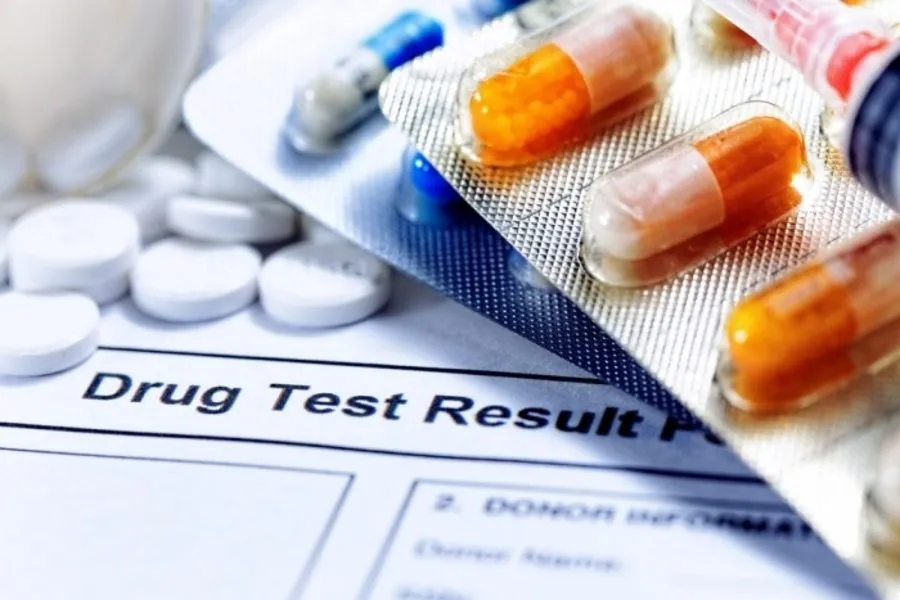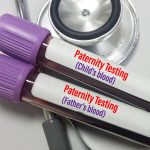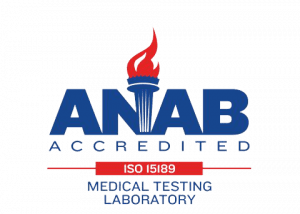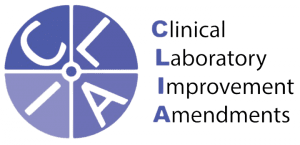If you are an employer who performs drug tests, you’ve likely come to rely on them to identify problematic or troubled employees. Drug tests can also serve as an important tool in the hiring process, as they allow you to pass on candidates with unacceptable habits. Unfortunately, drug testing has its limits. In order for your drug testing to serve an effective purpose, you must schedule it with frequent regularity. Otherwise, drugs will simply evaporate from an employee’s system. In order to judge a test’s effectiveness, it also behooves you to know the limit of a drug test time table.
Drug Test Time Table
If you schedule tests carefully, you can effectively capture evidence of any drug in the system of a user. Certain drugs are easier to detect than others, however, thanks to length of time they remain in a person’s system. For each drug, we’ve identified the upper limit of its presence.
- Alcohol: Five days in urine, 12 hours in blood.
- Amphetamines: Three days in urine, 12 hours in blood
- Barbiturates: Four days in urine, two days in blood
- Benzodiazepines: Six weeks in urine, three days in blood
- Marijuana: 30 days in urine, two weeks in blood
- Cocaine: Four days in urine, two days in blood
- Codeine: One day in urine, 12 hours in blood
- Heroin: Four days in urine, 12 hours in blood
- LSD: Three days in urine, three hours in blood
- MDMA (ecstasy): Four days in urine, two days in blood
- Methamphetamine (crystal meth): Six days in urine, 72 hours in blood
- Methadone: Four days in urine, 36 hours in blood
- Morphine: Three days in urine, eight hours in blood
Companies, educational institutions, and federal departments now routinely provide drug tests to employees in an attempt to identify drug abuse. Drug testing’s supporters contend that it helps create a positive and secure atmosphere by serving as a deterrent to crime. However, it’s critical to recognize that drug testing involves an array of restrictions. The following blog post will look at the various kinds of available drug tests and how reliable they are at identifying drug use. We will also examine the moral and legal ramifications of drug testing regulations.
Drug Test Types
Drug tests come in a variety of forms and are utilized for screening:
Drug Urine Tests
Drug compounds and traces of illicit substances are looked for in urine samples using urine drug testing. Due to its low cost and ability to identify drug usage within the recent few days, this is among the most often utilized forms of drug test. There are two types of urine tests: immediate on-site testing and lab testing. Urine tests, nevertheless, are unable to identify recent substance abuse or assess if the person being tested is under the influence at the time of testing. Only a few days’ worth of prior drug use can be detected by them.
Hair Examinations
Drug testing on hair follicles looks for indications of drug traces in a single specimen of hair that can only be one strand. Drug traces are incorporated into hair, giving a considerably longer diagnostic frame of approximately ninety days. While hair testing is pricier than urine testing, it is a valuable tool for identifying chronic drug use. Hair growth cycle fluctuations and potential outside contamination limit the precision of hair testing.
Drug Saliva Test
A saliva sample is analyzed or fluid from the mouth is tested, which provides a much narrower identification window of one to two days. It is more effective at identifying recent drug consumption and ongoing intoxication. Saliva evaluation, nonetheless, is more vulnerable to fabrication of the spit specimen. Additionally, the accuracy is highly dependent on the substance’s cut-off level.
Blood Examinations
Drugs and their metabolites are searched for in the circulatory system via blood testing. Both current exposure during the last several hours and present impact can be measured with accuracy by them. However, most illicit substance detection scenarios make blood testing unfeasible due to the necessity for skilled personnel for extraction and a testing facility for analysis. Its main application is patient monitoring in healthcare environments.
Breathalyzer Test
Breathalyzers measure the amount of alcohol in the expelled breath to calculate the blood alcohol content. They provide a quick and non-invasive method of determining whether someone is drunk. However, depending on the model being utilized, breathalyzers can vary. Incorrect findings may arise from improper calibration and administration.
Reliability Issues
Despite its widespread use, drug testing has a few reliability concerns to take into account:
- A negative or positive outcome is determined by a cutoff level that significantly impacts test accuracy. An insufficiently low level of cutoff raises the number of erroneous positives.
- Results that are falsely positive can be brought either by outside interference or intake of specific foods or drugs. Reliability is also impacted by mistakes in the procedure.
- Employee attempts to tamper with, replace, or dilute specimens constitute misconduct.
- Drug absorption variations brought on by genetics can result in false positives or negatives.
Judicial and Moral Perspective
Businesses are legally allowed to establish drug-testing procedures under specific guidelines. On the other hand, it’s unclear if doing a thorough drug test qualifies as a disproportionate search or a breach of confidentiality. Whether drug tests are reasonable and appropriate because they are intended to serve also raises ethical concerns.
- Testing procedures should strike an acceptable compromise between the privacy rights guaranteed to employees and company requirements.
- To prevent discrimination, precise testing methods and well-defined processes are required.
- Concerns have been raised regarding testing that targets and profiles particular populations.
- Workers must be able to challenge outcomes and provide justification for any relevant mitigating factors.
- Rehabilitation facilities should be considered rather than just terminating an employee who tests positive.
Conclusion
The goal of drug testing regulations is to discourage drug usage to foster safer, more productive workplaces. All drug testing techniques have their respective limits concerning reliability and detection window. Privacy concerns should be considered while implementing testing procedures in a legal and ethical manner. Drug testing tool developers, such as Choice DNA, must inform consumers about appropriate testing methods, test restrictions, and result-handling practices. Testing is not a perfect instrument, but it can be helpful when applied correctly and equitably.
Based on the preceding information, you can clearly see that urine tests are more effective for the longer-term detection of drug use. To learn more about the benefits of drug testing, or to clarify a drug test time table, call 800-219-4362 today.



















